

In Candia a large number of orthodox churches existed. Most of them
belonged to professional unions which devoted the churches to their protector
Saints. Two large monastic complexes were built during this period, the
monastery of St. Catherine and the nunnery of the Virgin Akroteriani. Though
outnumbered in comparison to the catholic churches, most of the orthodox
churches of Candia have disappeared, in some cases ruins are incorporated in
modern constructions, a number of them were, which were turned into mosques
were sold and survive in bad condition, others acquired inappropriate function
and a few of them are still used for worship.
Of the most important
orthodox monastery of St. Catherine only the catholicon has survived, to the NE
of the metropolitan church of St. Menas, hosting nowadays an exhibition of
icons and holy relics of the Cretan Archdiocese. Of the orthodox nunnery of the
Virgin Akroteriani only relics of the surrounding wall survived, incorporated
to the courtyard wall of the Ottoman barracks, which took its place (later it
hosted the Tabaco tax office, nowadays the Ephorate of Antiquities of
Heraklion).
Only a few relics are
preserved of the Virgin of the Angels, the church of the Three-Martyrs, St.
Marina in the Castle and St. Demetrius of the Carpenters, which preceded the modern
church of St. Demetrius in the Port.
Despite the effort paid
for the protection of the Venetian churches or their relics according to the
Royal Decree of 1947, a large number of them was demolished in the following
decades. Between them are the church of St. Nicolaos & St. John of the
Merchants, demolished in 1965, St. Nicolaos in the area of the pottery
workshops, known as “little hamami”, demolished in 1970, St. Irene in
Delimarkou str., with colonnades and corinthian capitals, demolished in 1955,
St. George Glykokarydis (Keylani teke), demolished in 1968. The church of St. John Gerakas in the quarter
of Hagia Triada was demolished in 1995.
 | 1. Heraklion, Rabdh el Khandaq, Chandax, Candia, Megalo Kastro The adventure of a city | |
|---|---|---|
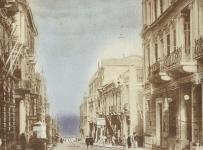 | 1.1 Candia under the Venetian occupation | |
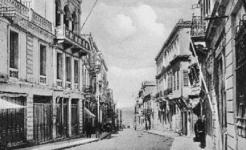 | 1.2 The public buildings | |
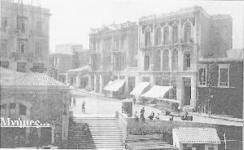 | 1.2.1 Ruga Magistra (Maistra) | |
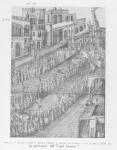 | 1.2.2 The Ducal Palace | |
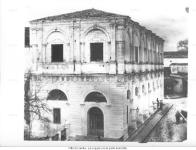 | 1.2.3 The Venetian Loggia | |
 | 1.2.4 The Warehouse for the Cereals (Fondaco) | |
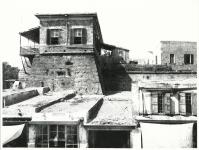 | 1.2.5 The Gate “Voltone” | |
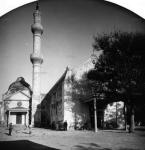 | 1.3.1 St. Catherine of Sinai | |
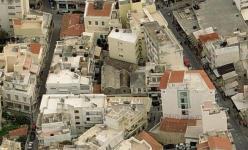 | 1.3.2 Saint Anastasia | |
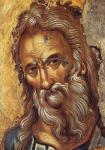 | 1.3.3 The Church of St. Mathew, dependency of Sinai | |
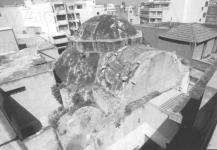 | 1.3.4 St. Onouphrios | |
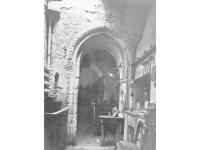 | 1.3.5 Virgin of the Angels (Santa Maria degli Angelis in Beccharia) | |
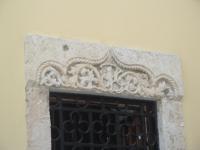 | 1.3.6 Church of the Virgin Pantanassa (southern aisle of the old Metropolis / old church of St. Menas) | |
 | 1.4 The Latin Churches | |
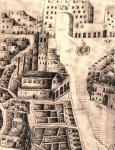 | 1.4.1 The basilica of St. Marc (ducal church) | |
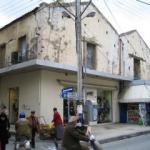 | 1.4.2 The church of Saint John the Baptist | |
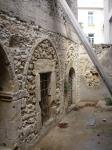 | 1.4.3 Saint Paul of the Servites (Servants of Mary) | |
 | 1.4.4 The monastery of St. Francis of the Franciscans | |
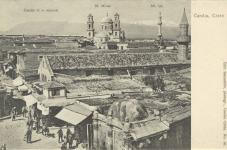 | 1.4.5 Santa Maria di Piazza (Madonina) | |
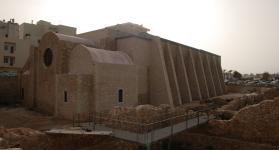 | 1.4.6 The Monastery of St. Peter of the Dominicans | |
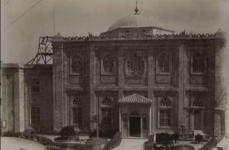 | 1.4.7 The Church of St. Titus (Latin Archdiocese) | |
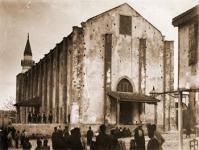 | 1.4.8 The church of San Salvatore | |
 | 1.5 The fountains and hydraulic works | |
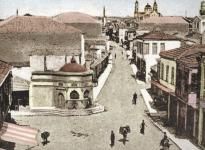 | 1.5.1 The Fountain of the Ruga Panigra (Strata Larga) | |
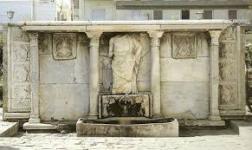 | 1.5.2 The Bembo fountain | |
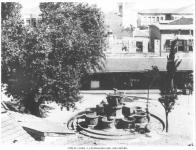 | 1.5.3 The Morozini Fountain | |
 | 1.5.4 The Priuli fountain | |
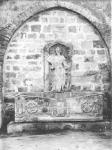 | 1.5.5 The Sagredo fountain |